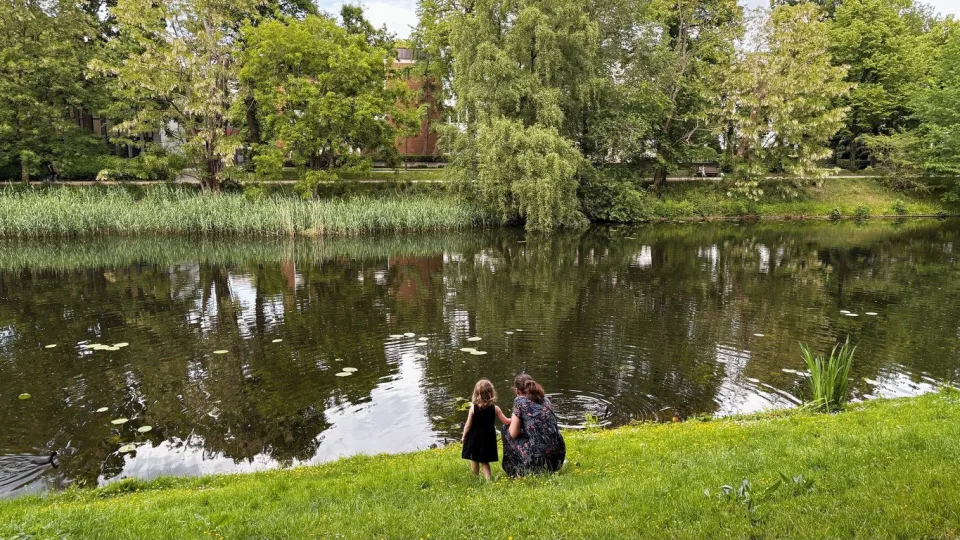Biodiversity is under pressure and many species are at risk of disappearing due to human activity. Research shows that these changes are happening quickly, which is causing alarm among experts.
Something often overlooked in this context is urban nature. As more and more people live in cities, contact with the nature here becomes increasingly important, given that it has been proven to be beneficial for health. Additionally, urban greenery can act as a refuge for many species when the surrounding landscape is intensively used in agriculture and forestry and habitats are lost.
Ecological knowledge is overlooked
If urban ecosystems are to adequately provide viable living environments and offer health benefits, ecological knowledge needs to be incorporated into green space management. This is the starting point for a new policy-oriented research article in the scientific journal Trends in Ecology and Evolution, in which researchers from Lund University and Swedish University of Agricultural Sciences (SLU) argue in favour of evidence-based planning and management of urban greenery based on a series of studies.
This contrasts with current approaches, which they argue often lack sufficient evidence or are based on subjective aesthetic values or untested conceptual ideas about futureproofing.
“We advocate a paradigm shift in the management of urban ecosystems. Evidence-based urban planning is not about following dusty protocols, but about gathering and evaluating practical knowledge, fostering collaboration between researchers and practitioners, and creating a shared knowledgebase so that each city does not have to reinvent the wheel,” says Johan Kjellberg Jensen, researcher in urban ecology at Lund University and lead author of the article.
Emphasising the importance of urban greenery
By integrating ecological knowledge into urban planning, he and his co-authors see several potential benefits, including securing urban ecosystems for the future and realising the potential of cities to provide a home for different species. But it is also about complying with international conventions and laws.
“Both the UN Convention on Biological Diversity and EU regulations now extend to urban nature. We must follow these and fulfil demands such as strengthening ecosystems and increasing tree canopy coverage in cities. To do this effectively, there needs to be greater collaboration between research and practice so that the latest findings are used and researchers contribute to real solutions,” says Anna Persson, co-author and researcher at the Centre for Environmental and Climate Science (CEC) at Lund University.
Risk of invasive species
The path to more evidence in urban planning is about developing science-based guidelines, rapidly adopting new research and systematically weighing benefits against risks, argues Johan Kjellberg Jensen. One example of a risk that needs to be addressed is the introduction of invasive plant species in the belief that they contribute to a green and sustainable city, despite research showing that they actually cause problems.
Conversely, with the right planning and management, cities can become important refuges for many species. Assets that need to be recognised include old trees and flowering grasslands in parks.
“Generally speaking, creating resilient ecosystems by supporting natural processes is the better route. Making interventions without a deeper understanding of those systems risks creating artificial resilience and more problems than benefits in the long run,” says Johan Kjellberg Jensen.
The most important thing the researchers want to emphasise is the value of urban nature. A common misconception is that nature is not present within cities.
“Urban nature offers most of the population daily contact with nature, and cities can also have relatively plentiful and complementary habitat values compared to neighbouring agricultural land and production forests, for example in larger and older parks and non-producing urban forests. That's why this is such an important issue,” says Marcus Hedblom, professor at the Swedish University of Agricultural Sciences and co-author of the study.
Link to the article: Kjellberg Jensen, J., Hedblom M., Persson, A.(2025) Evidence-based urban greening: a missing piece in biodiversity conservation, Trends in Ecology & Evolution Volume 40, Issue 6, June 2025
